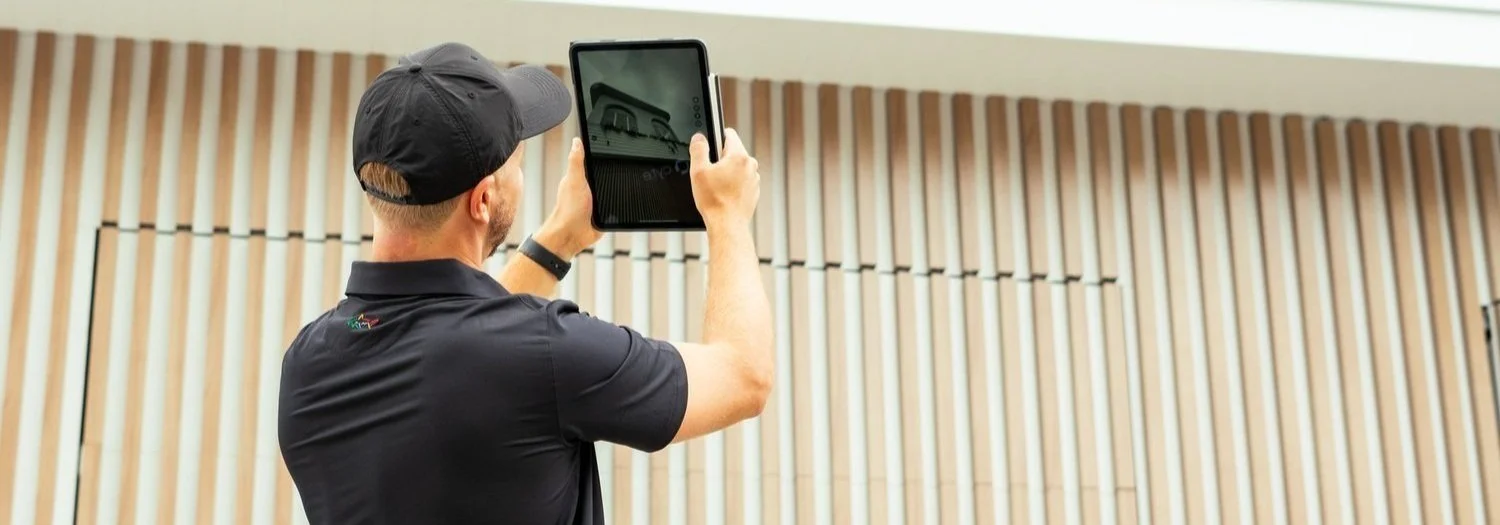
inCYTE: How to Identify Minor and Major
Structural Defects in Your Property
inCYTE: How to Identify Minor and Major Structural Defects in Your Property
The best way to identify any minor or major structural defects in a property is through a detailed assessment carried out by a qualified building inspector.
A professional inspection provides valuable insight into the condition of a home, helping you make confident decisions before buying, selling, or investing. It highlights any visual structural or maintenance issues that may affect the property’s safety, performance, or value — giving you clear information and genuine peace of mind.
At CYTE Building Inspections, we conduct thorough property assessments to identify and report on any visible signs of structural movement, deterioration, or damage. Here’s what you need to know about the types of defects we commonly see in South-East Queensland homes.
What Is a Structural Defect?
A structural defect refers to a fault in any part of a building that affects its safety, strength, stability, or performance. These defects range from cracks to more significant problems involving foundations, walls, or supporting elements.
A professional inspection can help determine which type of defect is present and whether it requires monitoring, maintenance, or further specialist advice.
Major Structural Defects
A major structural defect is one that compromises the building’s ability to function as intended or poses a potential safety risk. These issues often relate to the primary load-bearing components of the structure — such as footings, slabs, foundations, beams, walls, or roof framing.
Examples of major defects include:
Significant cracks in foundations, brickwork, or concrete slabs.
Structural movement or subsidence.
Roof framing damage or sagging ceilings.
Water penetration that affects structural materials.
Major defects can result from poor construction, substandard materials, or environmental factors such as soil movement or inadequate drainage. Identifying them early through a professional inspection helps avoid costly repairs and potential safety hazards.
Minor Defects
Minor defects are smaller issues that affect appearance or performance but not the building’s structural integrity. These are common in most homes and often develop from normal wear and tear, temperature changes, or minor settlement.
While these defects usually don’t require urgent action, they should still be recorded in an inspection report. Addressing them as part of ongoing maintenance helps prevent deterioration and keeps your property looking its best.
Common Structural Issues Found in Queensland Homes
South-East Queensland’s climate, soil conditions, and construction styles contribute to several recurring issues our inspectors encounter. These include:
1. Cracking in Walls and Ceilings
Hairline cracks are usually cosmetic, but wider, stepped, or diagonal cracks can suggest structural movement or footing settlement. Regular monitoring and professional assessment are recommended if cracking worsens over time.
2. Uneven or Sloping Floors
Changes in floor levels can result from natural ground movement, moisture imbalance, or deteriorating subfloor supports. If left unchecked, uneven floors can lead to further strain on walls and ceilings.
3. Water Damage and Roof Leaks
Water ingress is one of the most common causes of structural deterioration. Damaged roof coverings, blocked gutters, or poor drainage can allow water to enter and weaken supporting timbers or plasterboard ceilings.
4. Deteriorating Concrete and Brickwork
Concrete “spalling” (flaking or crumbling) occurs when moisture or salts react within the material. It often appears near retaining walls or lower brick courses and can worsen if not repaired.
5. Termite and Timber Pest Activity
Timber pests can weaken structural framing, flooring, and posts, especially in damp or poorly ventilated areas. Regular inspections and good moisture control are essential.
Why a Professional Inspection Matters
Identifying the type and severity of a defect requires experience and technical understanding. A professional inspection by CYTE Building Inspections provides a detailed written report outlining the property’s condition at the time of assessment, including photographs and clear descriptions of any visible defects.
This information helps property owners plan maintenance, prioritise repairs, and make confident decisions before buying or renovating. Early identification of structural concerns can save time, reduce costs, and prevent further deterioration.
Protect Your Investment with CYTE
Whether you’re purchasing a new home or maintaining your existing one, a comprehensive inspection is the best way to stay informed about its condition.
At CYTE Building Inspections, we provide professional building and timber pest inspections across the Gold Coast and South-East Queensland. Our reports are clear and designed to give you confidence in understanding the structure and maintenance needs of your property.

